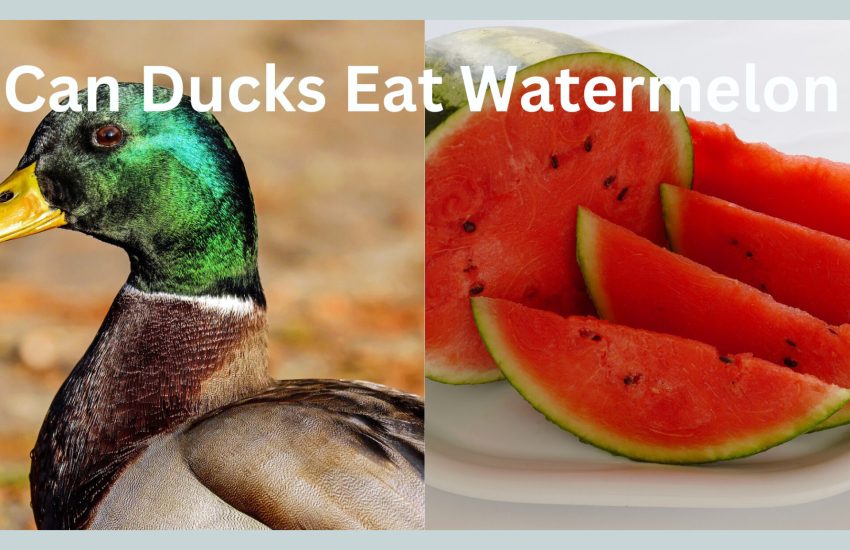Plant Looks Like Lettuce: Identifying Similarities and Differences
Plants that look like lettuce are a common sight in gardens and markets. These plants often have leaves that resemble lettuce, but may have distinct differences in texture, aroma, and taste. Some of these plants are edible and can be used in a variety of dishes, while others are not suitable for consumption.

Lettuce is a popular leafy vegetable that is often used in salads, sandwiches, and wraps. It is a cool-season crop that is easy to grow and maintain in a garden. However, there are many other plants that closely resemble lettuce, such as kale, cabbage, escarole, frisée, and spinach. These plants have similar leaves and can be easily mistaken for lettuce. Some of these plants are also edible and can be used in place of lettuce in recipes.
Identifying Plants That Resemble Lettuce

When identifying plants that resemble lettuce, it is important to examine several distinctive features such as leaf structure, color, and growth patterns. Here are some key factors to consider:
Leaf Shape and Structure
Lettuce leaves are typically smooth and lobed, forming a rosette of leaves at the base of the plant. Some plants that resemble lettuce, such as sow thistle and milk thistle, have prickly leaves, while others, like endive and escarole, have smooth leaves that are deeply lobed. Spinach and some varieties of bitter lettuce have puckered, coarse leaves that are similar in shape to lettuce.
Common Look-Alikes
Several plants are commonly mistaken for lettuce. Wild lettuce, also known as prickly lettuce, has a similar appearance to dandelion and thistle plants. Chicory is a weed that is closely related to garden lettuce, and its leaves are similar to dandelion and typically oval in shape, springing from a single stem in a rosette pattern that makes it look like lettuce. Milk thistle and sow thistle also resemble lettuce, with prickly leaves and a rosette of leaves at the base of the plant.
Color and Texture Variations
Lettuce leaves can vary in color from light green to dark green, and some varieties have purple or yellow leaves. Bitter lettuce, also known as purple lettuce, has dark purple leaves that are bitter in taste. Some plants that resemble lettuce, such as chicory and endive, have leaves that are a lighter shade of green than lettuce.
In summary, identifying plants that resemble lettuce involves examining several distinctive features such as leaf structure, color, and growth patterns. By paying close attention to these characteristics, it is possible to differentiate between lettuce and its look-alikes.
Cultivation and Uses of Lettuce-Like Plants

Growing Conditions and Care
Lettuce-like plants, such as iceberg lettuce, kale, romaine lettuce, butterhead lettuce, and celtuce, are relatively easy to grow and care for. They can be grown in rows or containers, and require well-draining soil with a pH between 6.0 and 7.0. These plants prefer cooler temperatures, so it is best to sow the seeds in the spring or fall.
To plant lettuce-like plants, sow the seeds thinly and cover them with a layer of soil. Thin the seedlings to a spacing of 6 to 12 inches apart once they reach a height of 2 to 3 inches. Water the plants regularly, making sure the soil stays moist but not waterlogged. Fertilize the plants every two weeks with a balanced fertilizer.
Harvesting and Culinary Applications
Lettuce-like plants are generally harvested when they reach full size, which varies depending on the variety. For example, iceberg lettuce can take up to 85 days to mature, while romaine lettuce can take up to 75 days. To harvest, cut the plant at the base of the stem, or pick the leaves from the plant.
Lettuce-like plants are commonly used in salads, sandwiches, and wraps. They are also used in a variety of culinary applications, such as soups, stews, and stir-fries. These plants are a good source of vitamins and minerals, such as vitamin A, vitamin C, iron, and potassium.
Non-Edible Varieties and Safety
While most lettuce-like plants are edible, there are some varieties that are poisonous and should not be consumed. Milkweed, nettles, opium lettuce, acrid lettuce, and poison lettuce are all examples of poisonous plants that resemble lettuce. It is important to properly identify the plant before consuming it.
Gardeners should be cautious when handling lettuce-like plants, as some varieties can cause skin irritation. For example, the sap from kohlrabi, celeriac, and carrot tops can cause skin irritation in some people. It is recommended to wear gloves when handling these plants.


